Help me identify these weeds/plants
uscpsycho
last year
Featured Answer
Sort by:Oldest
Comments (7)
Related Discussions
Help! Identifying a weed...(plant?)
Comments (8)hey fata ... back in the day.. in suburbia... on a 50 by 100 foot lot.. i too dug things out ... today on 5 acres.. i am a one man crew ... i have no other option ... and i do note.. you actually use it for a purpose... it has no purpose in my yard ... and anything that has no purpose.. is commonly called.. a weed ... i am agreeing with you when you said: There are different lines of gardening thought not arguing, nor being defensive ... ken...See MoreNeed help identifying a weed/plant
Comments (1)Oenothera species? Here is a link that might be useful: Oenothera glazioviana...See MorePlease help me identify this plant or weed!!!!!
Comments (2)i think thats lambs quarters...See MoreCan you help me identify this plant/weed?
Comments (1)Looks like Convolvulus arvensis, Field Bindweed....See Moreuscpsycho
last yearsocks
last yearfloral_uk z.8/9 SW UK
last yearlast modified: last yeariochroma
last year
Related Stories
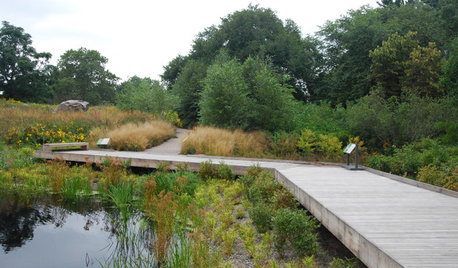
GARDENING GUIDESLet's Weed Out 4 Native Plant Myths
Plant wisely for a garden that supports pollinators and requires less work
Full Story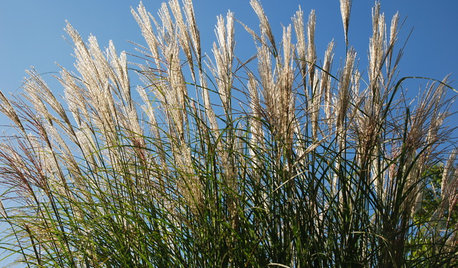
LIFEConsider Avoiding These Plants to Help Keep Your Garden Fire-Safe
Plants that accumulate dead material, are high in oil or have low moisture content in leaves put some homes at risk
Full Story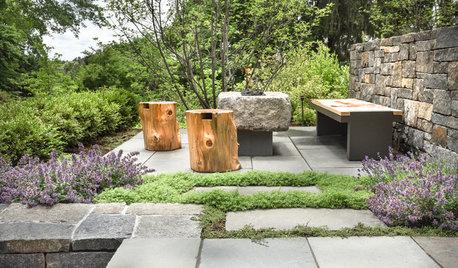
LANDSCAPE DESIGNNative Plants Help You Find Your Garden Style
Imagine the garden of your dreams designed with plants indigenous to your region
Full Story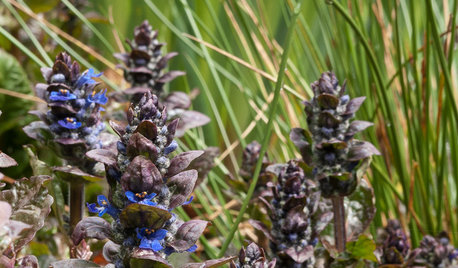
GARDENING GUIDESGreat Design Plant: Bugle Weed, a Quick Ground Cover
It’s highly adaptable, suppresses weeds, reduces erosion and provide weeks of bright flowers. Just watch for invasiveness
Full Story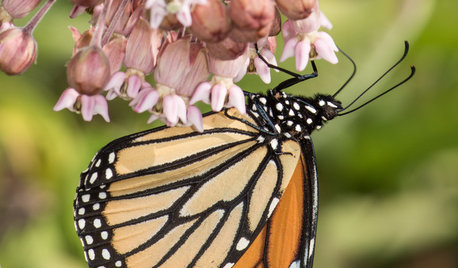
FLOWERS AND PLANTSHelp Monarchs and Other Butterflies by Planting Common Milkweed
Summer-blooming Asclepias syriaca is an important larval host plant for the monarch butterfly and attracts a number of pollinating insects
Full Story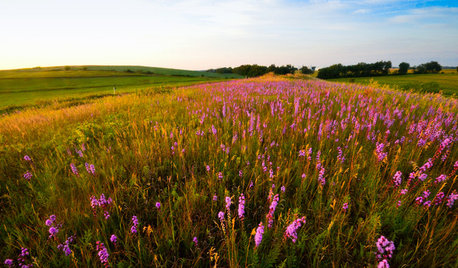
GARDENING GUIDESHelp Fuel the Monarch Migration With These 6 Prairie Plants
Try these nectar-rich beauties and help autumn monarchs
Full Story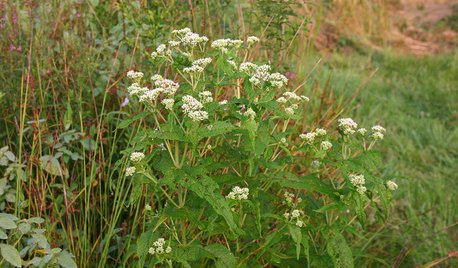
GARDENING GUIDESGreat Design Plant: Common Boneset Helps Good Bugs Thrive
Support bees, moths and butterflies with the nectar of this low-maintenance, versatile and tactile prairie-style plant
Full Story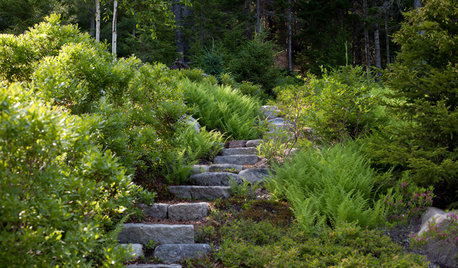
GARDENING GUIDES6 Questions That Will Help You Pick the Best Plants for Your Site
Before you head to the nursery, learn more about your outdoor space
Full Story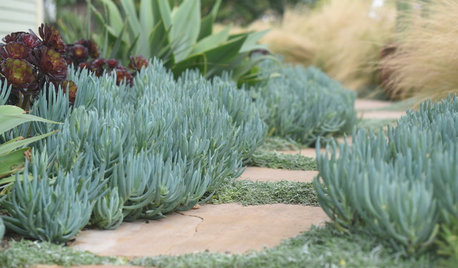
GARDENING GUIDES12 Fire-Wise Plants to Help Protect Your Home and Garden
Plant these moisture-rich, fire-resistant plants in your landscape to help prevent fire spread
Full Story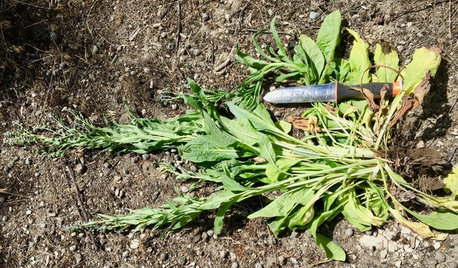
GARDENING GUIDESZen Weeding: The Smart Way to Weed Your Garden
Be mindful about keeping weeds from taking hold in your yard by knowing when and how to get rid of each type
Full Story


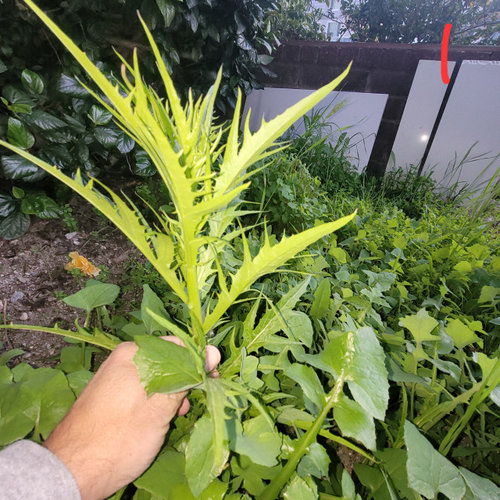
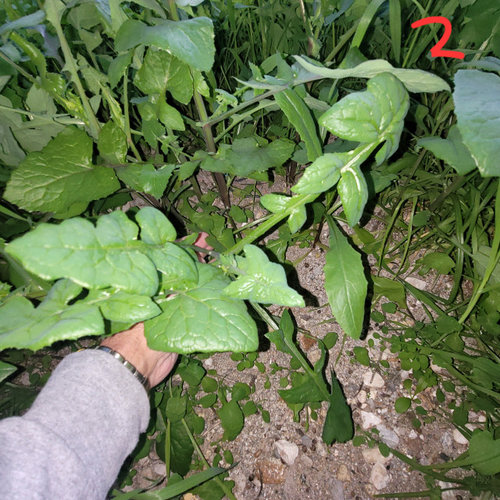
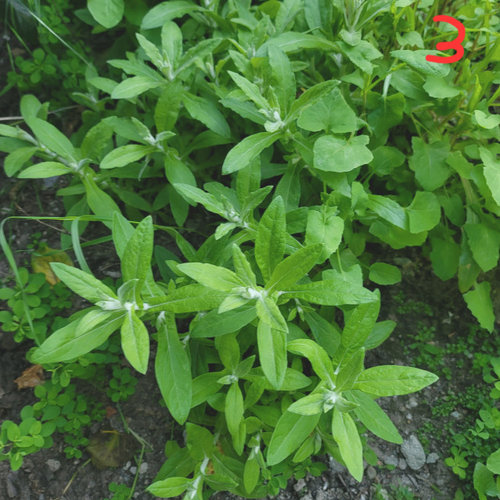
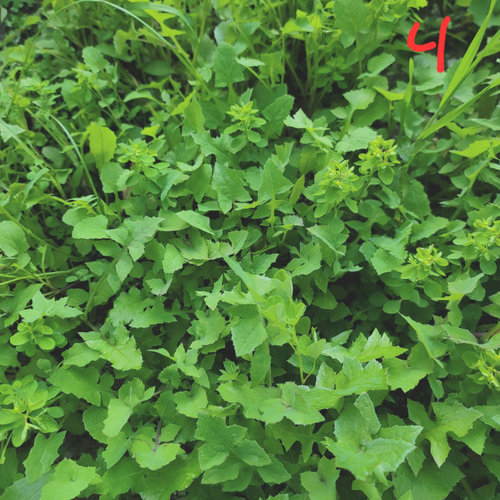
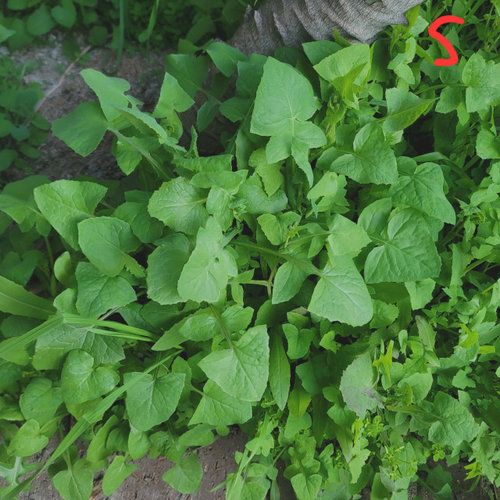
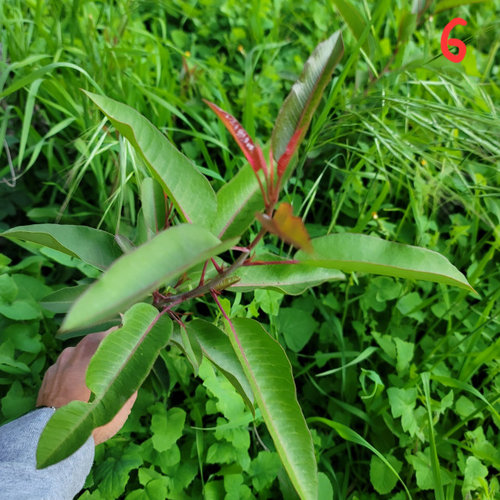
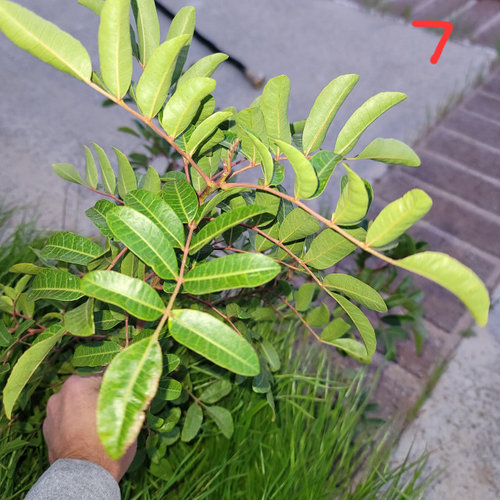
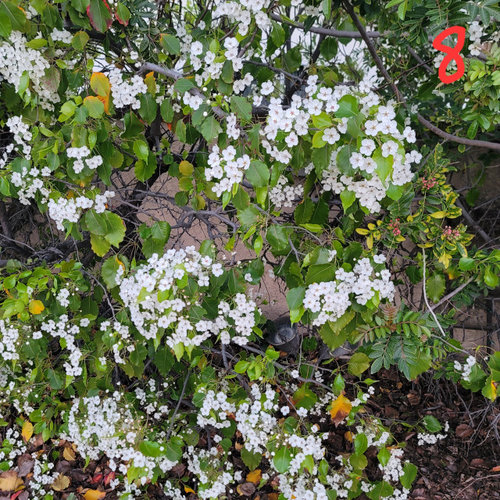
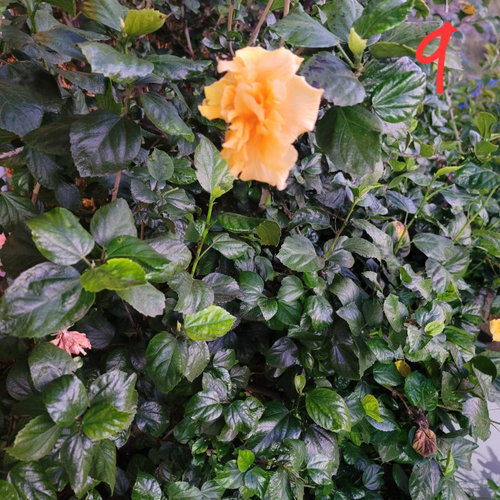
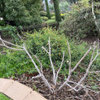
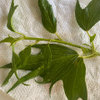
iochroma